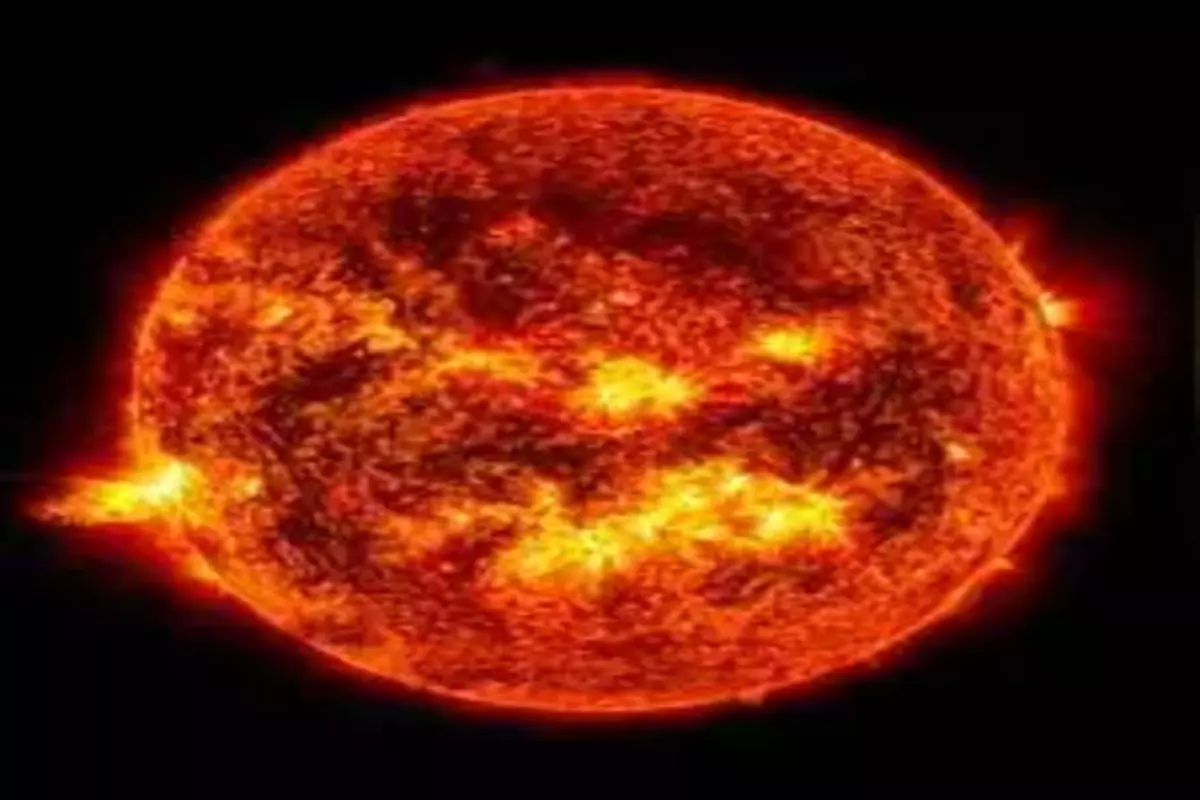
June was one of the most terrifying months for the solar system. Last month, the Sun shattered a two-decade record by producing over 160 spots.
The findings indicate that the current solar cycle, the 25th since records began, is intensifying faster than NASA and the US National Oceanic and Atmospheric Administration (NOAA) had predicted.
The Sun is presently on track to reach a peak of just under 200 monthly sunspots, which some scientists say might happen within a year. This is in contrast to space organizations’ forecast that the maximum monthly number of sunspots during the 25th solar cycle would be 125.
“Highest monthly average sunspot number since September 2002”, remarked solar physicist Keith Strong.
“The sunspot number for June 2023 was 163.4, the greatest figure in almost 20 years”, the physicist added.
On July 2, one of these sunspots, which are the darker, colder portions of the star’s surface with strong magnetic fields, unleashed a powerful solar flare, briefly disrupting radio coverage in the western United States and over the Pacific Ocean. As the solar cycle approaches its apex, such phenomena may become more common in the future.
More sunspots also indicate more coronal mass ejections, which are powerful eruptions of the charged particles that comprise solar wind and can cause terrible space weather on Earth.
Strong bursts of solar wind may break the Earth’s magnetic field and supercharge particles, resulting in stunning aurora displays but also posing significant threats to electrical networks and satellites orbiting the planet.
Many operators have already been impacted by space weather difficulties, most notably SpaceX, which lost a batch of 40 brand-new Starlink satellites after launching them into what they thought was a modest solar storm in 2022.
Charged solar particles can potentially harm satellite electronics, impair GPS signals, and knock out power grids on Earth during intense events.
In an interview, NASA Solar Physics Research Scientist Robert Leamon said that powerful solar storms occur predominantly in odd years.
“Since Cycle 25 is odd, we might expect the most effective events to happen after the maximum, in 2025 and 2026. This is because of how the poles of the sun flip every 11 years. You want the pole of the sun in the same orientation compared to the poles of Earth so that then causes the most damage and the best coupling from the solar wind through Earth’s magnetic field”, he explained.
Also read: Scotland To Celebrate Coronation of King Charles With Grand Procession
To read more such news, download Bharat Express news apps


















